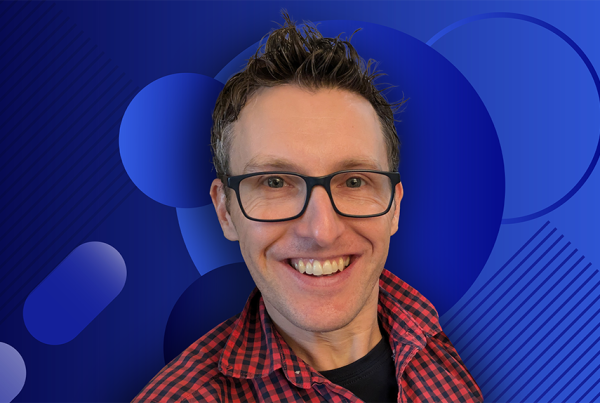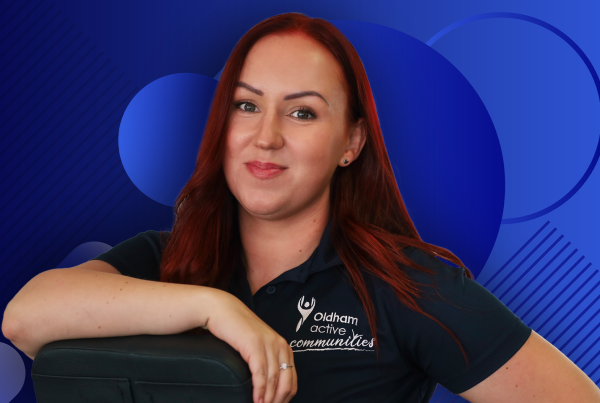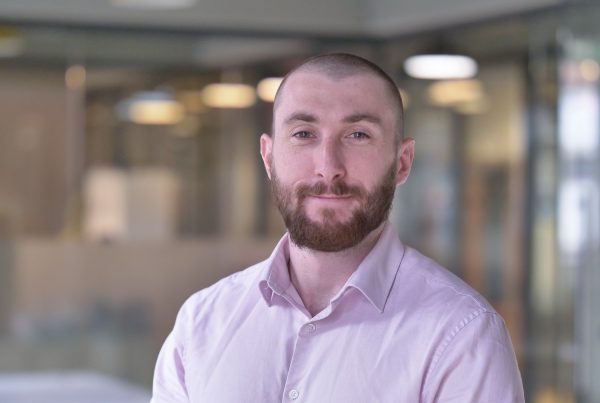There are over 10 million disabled people in England, accounting for 18 per cent of the population. Yet, disabled people can face a vast number of psychological, logistical and physical barriers to getting physically active.
Disabled people are twice as likely to be inactive as non-disabled people. New Sport England figures show that there has been a reduction in the number of disabled people playing sport, down by 2,400 in the last year to 1.56 million.
Disabled people have the same right as everyone else to be active, wherever and however they wish to take part. However, many have not had positive experiences of sport and physical activity, with barriers such as a lack of inclusive promotional material, lack of awareness of equality needs, and a lack of physical access preventing disabled people from freely participating.
As a sector, we need to do more to tackle the barriers preventing disabled people from enjoying the fun of physical activity, and rethink the way we provide physical activity opportunities. Often this does not involve large-scale changes. Small steps – such as improved training and inclusive promotional imagery – can make a huge difference. For example, the Royal National Institute of Blind People (RNIB) has worked with Pure Gym in the East Midlands to make gyms more accessible for people with a visual impairment.
There is a clear business case for increased engagement with disabled people. There are currently more disabled people than gym members in England, and the spending power of these households – ‘the purple pound’ – is £249 billion. Moreover, there is a clear appetite from disabled people to improve their fitness levels, with recent EFDS research highlighting that seven in ten disabled people want to increase their physical activity. This represents a huge untapped opportunity for the sector.
ukactive is committed to tackling the challenges disabled people can face in accessing physical activity opportunities, and our work over the coming year will be centred on overcoming three core barriers: physical, psychological and promotional. This will also be a key theme discussed at our National Summit in November. We hope that our work in this space will begin to improve the confidence, knowledge, and expertise of the physical activity sector workforce to engage with disabled people, and create more fun and accessible physical activity opportunities.
Nationally there are a number of strategies that have specific targets to improve the inequalities in physical activity and sport. Our sector must rise to this challenge, so that everybody is able to be happier, healthier, and more active.




